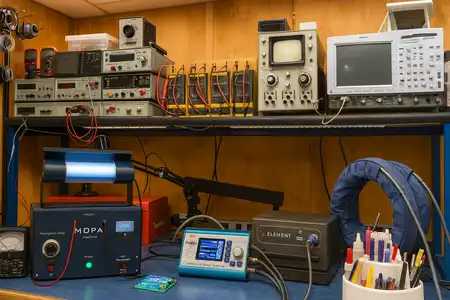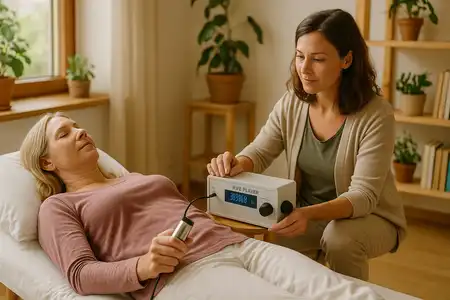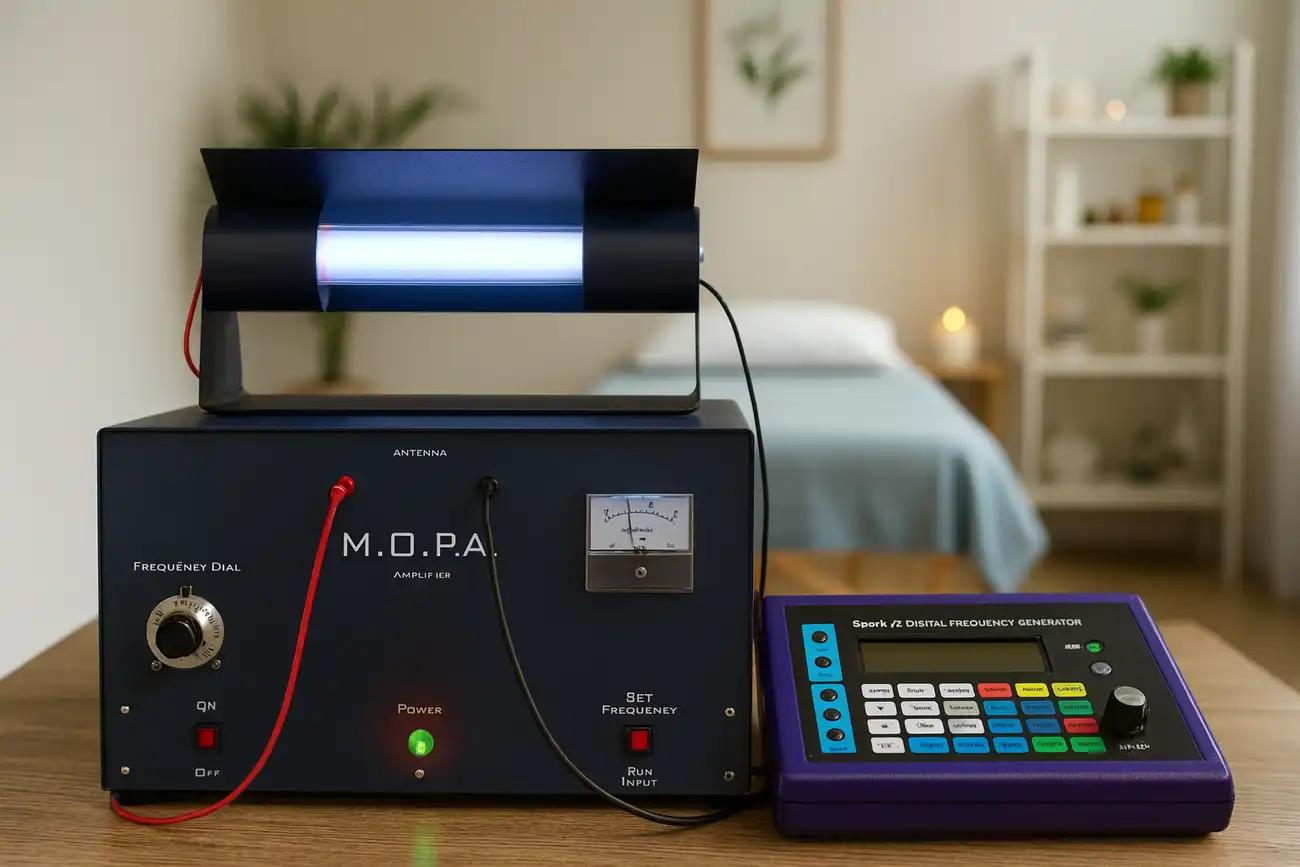
Start Your Rife Journey with Headphones: An Affordable Path to Frequency Therapy

How Much Do Rife Machines Cost? A Complete Buyer's Guide

Last Updated Jan 18, 2024

If you’ve heard the term “Rife” in the context of wellness or alternative medicine, you’re not alone. But what exactly does it mean? This guide breaks down the Rife definition, its origins, and how Rife machines are used in modern frequency therapy.
Whether you’re curious about Rife devices, exploring complementary therapies, or doing research, this article will give you a clear, easy-to-understand overview.
In the world of wellness, “Rife” refers to Royal Raymond Rife (1888–1971), an American inventor and researcher. He is best known for developing a powerful optical microscope and pioneering a form of frequency-based therapy that aimed to destroy harmful microorganisms using targeted electromagnetic frequencies.
So, in this context, the Rife definition is:
Rife (noun/adjective, informal): A reference to Royal Rife or his inventions, specifically devices used for frequency therapy.
A Rife machine is a frequency generator designed to emit low-level electromagnetic waves. The theory is that certain frequencies can resonate with pathogens, disrupting their function without harming healthy cells—similar to how a singer can shatter glass by matching its resonant frequency.
Rife therapy, also known as frequency therapy or vibrational healing, is an alternative therapy that uses Rife machines to deliver specific frequencies to the body. Proponents claim that it may help with:
⚠️ Note: Rife therapy is not FDA-approved to treat or cure any disease. It is considered a complementary or experimental therapy. Always consult your healthcare provider before starting any new wellness regimen.
The research on Rife therapy is still limited and controversial. While some anecdotal reports show positive outcomes, clinical evidence remains inconclusive. However, interest in bioresonance and energy medicine continues to grow, especially in the holistic and integrative medicine communities.
Thanks to advancements in digital audio and software, modern Rife devices are more accessible than ever. Platforms like RifePlayer offer thousands of pre-programmed frequencies and allow users to run sessions directly from their computer or mobile device—no installation or technical knowledge required.
Today, when people search for “Rife definition”, they’re often referring to more than a historical figure. They’re exploring an entire field of frequency-based wellness, rooted in the pioneering work of Royal Rife and expanded by modern technology.
If you’re looking to explore Rife therapy, always do your research, understand the limitations, and consider speaking with a qualified holistic health professional.



Experience the power of rife frequency therapy with RifePlayer - the easiest way to use rife frequencies for your wellness.